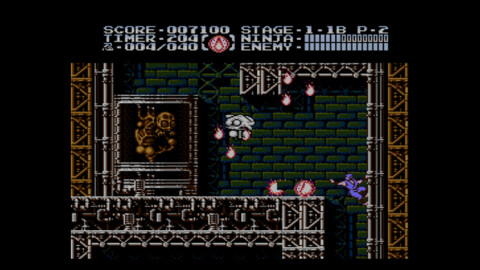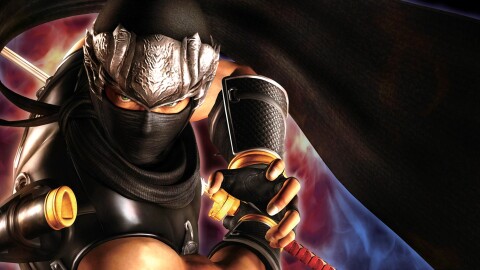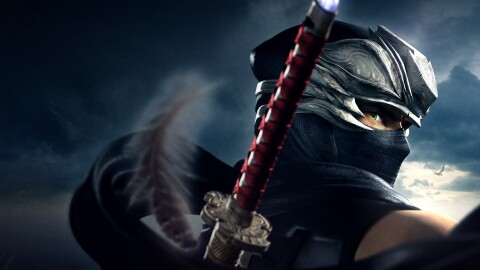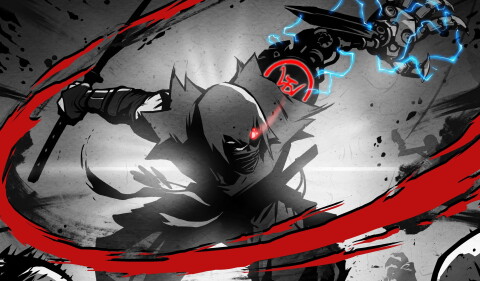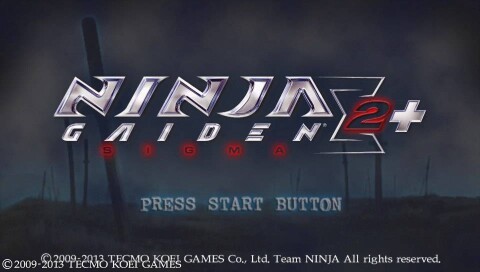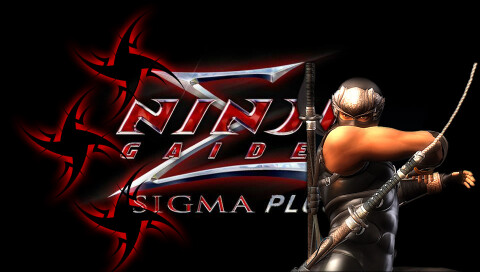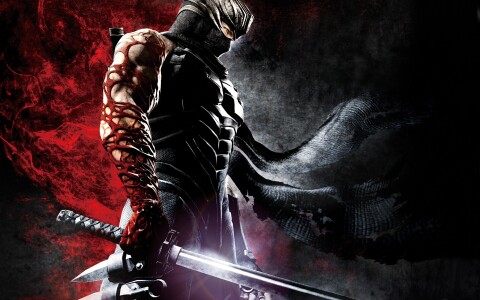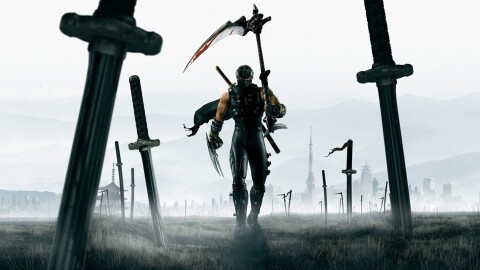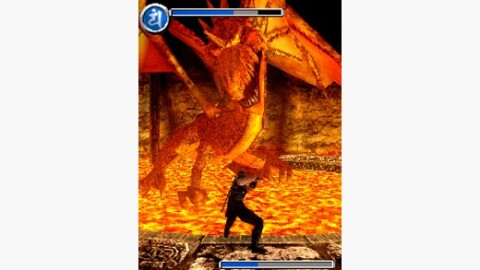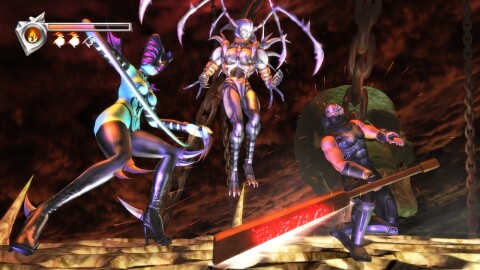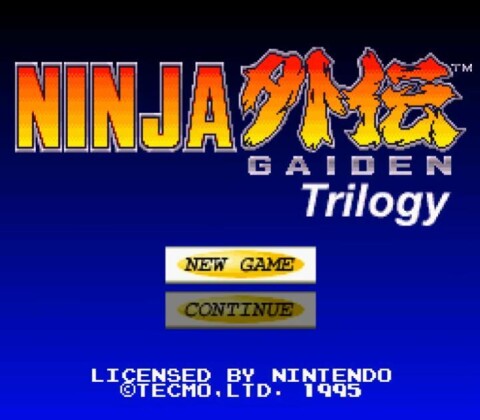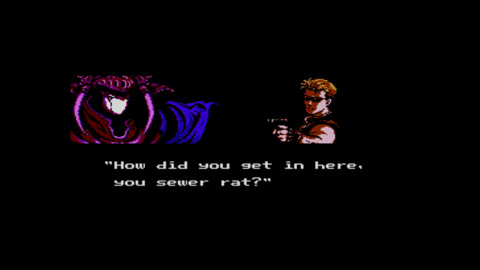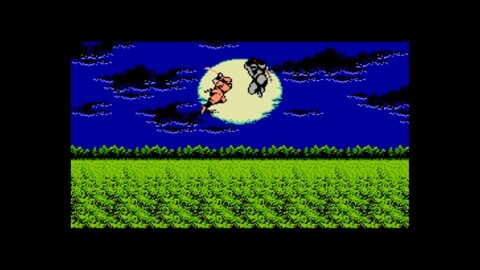Ninja Gaiden III: The Ancient Ship of Doom is a side-scrolling platforming video game developed and published by Tecmo. It was released in Japan on June 26, 1991 (1991-06-26) for the Famicom and in North America in August 1991 for the Nintendo Entertainment System (NES). The NES version was not released in Europe. It was later ported to the Atari Lynx by Atari and released in 1993 in North America and Europe, the European version retaining the North American Ninja Gaiden III title. It was also re-released as part of its Ninja Gaiden Trilogy Super NES compilation in 1995 in Japan and North America. Long after, it was released for the Virtual Console service in North America on February 18, 2008 (2008-02-18) for the Wii and in North America and Europe on November 28, 2013 (2013-11-28) and January 23, 2014 (2014-01-23) respectively for the Nintendo 3DS. It was designed by Masato Kato, who took over for Hideo Yoshizawa—designer of the first two games in the NES series.
The game is the third installment of the Ninja Gaiden trilogy, in which the events take place between the first two games in the series, Ninja Gaiden and Ninja Gaiden II: The Dark Sword of Chaos. The player controls Ryu Hayabusa as he is framed for the murder of Irene Lew and investigates the circumstances behind her death. He eventually discovers a plan by CIA agent Foster and another person named Clancy to utilize an interdimensional rift to create and control a race of energy-infused superhuman mutants. The game features similar gameplay from its previous two Ninja Gaiden titles and includes some new features such as the ability to hang overhead from pipes and sword power-ups.
As with the previous titles, Ninja Gaiden III received mostly positive reviews from critics. Early reviews praised the game for its plot, gameplay, and difficulty; later reviews criticized it for that plot being overly outlandish, inconsistent level designs, and the game's difficulty level, in which the North American version was intentionally made harder than the Japanese version through limited continues, stronger enemies, and omission of a password system. The Atari Lynx port, while receiving general praise for graphics and controls, received poor reception for its sound and for the inability for players to see characters and items, attributing it to the Lynx's small screen.

